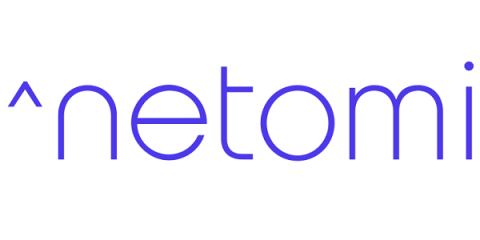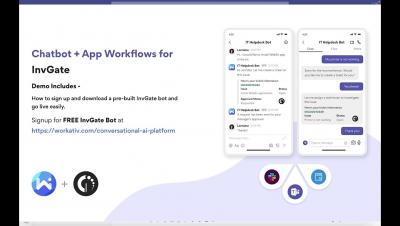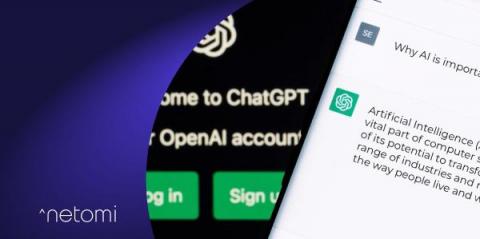Teams | Collaboration | Customer Service | Project Management
Chatbots
The Future of IT service Desk: Moving Beyond Traditional Service Desk
What is Conversational AI and How Does it Work?
Conversational AI is growing more prevalent every day. Not just in business, but for entertainment purposes as well. Whenever computers have conversations with humans, there’s a lot of work engineers need to do to make the interactions as human-like as possible.
22 Customer Experience Statistics You Need to Know (2024)
Build your email list business using chatbots
How many emails will you send today? At a guess, we’d say close to a hundred. After all, there are 4 billion daily email users sending a staggering 370 billion emails each day. Email marketing accounts for a large number of those emails, which is no surprise given that email marketing is one of the most cost-effective ways of talking to customers. McKinsey research highlights the fact that email marketing consistently outperforms other forms of promotion with a ROI of $40 for every $1 spent.
Zendesk Enterprise Chatbot - improve customer relationships
In 1966, Eliza was born. The brainchild of Joseph Weizenbaum and a team of computer scientists at MIT (Massachusetts Institute of Technology), Eliza is widely recognised as the world’s first chatbot. She was pretty basic compared to today’s chatbots but could identify key words in sentences and then ask questions back to the user based on that input.
Generative AI for Customer Experience | Webinar
How to build a InvGate Chatbot - FREE - No code 2023
Conversational AI with Large Language Models
OpenAI’s ChatGPT crossed more than 1 million users within a week. This is a testament to the immense potential of powerful language models. ChatGPT is currently available for research preview, but numerous experimental features were introduced using the GPT3.5 base model architecture. These advancements are propelling the transformation of conversational AI towards a human-like experience.
Know it all with a chatbot for customer service
Chatbots are a great way for companies to keep up with growing customer expectations. As AI-powered solutions get more sophisticated, customers are more open to chatting with a bot. Indeed, Zendesk’s CX Trends 2022 Report found that 69 per cent of customers are willing to interact with a bot on simple issues. And with good reason. Bots are fast and responsive. Plus, it’s a lot easier to be there for your customers with a chatbot on your team.











